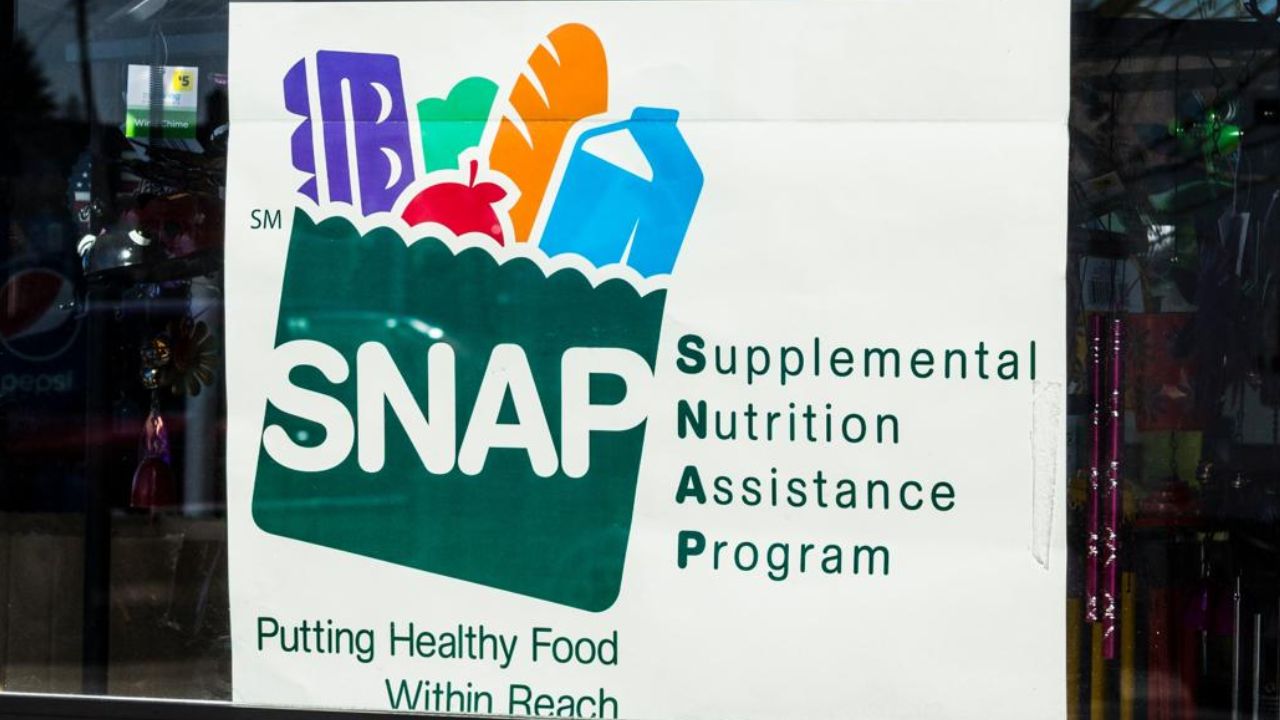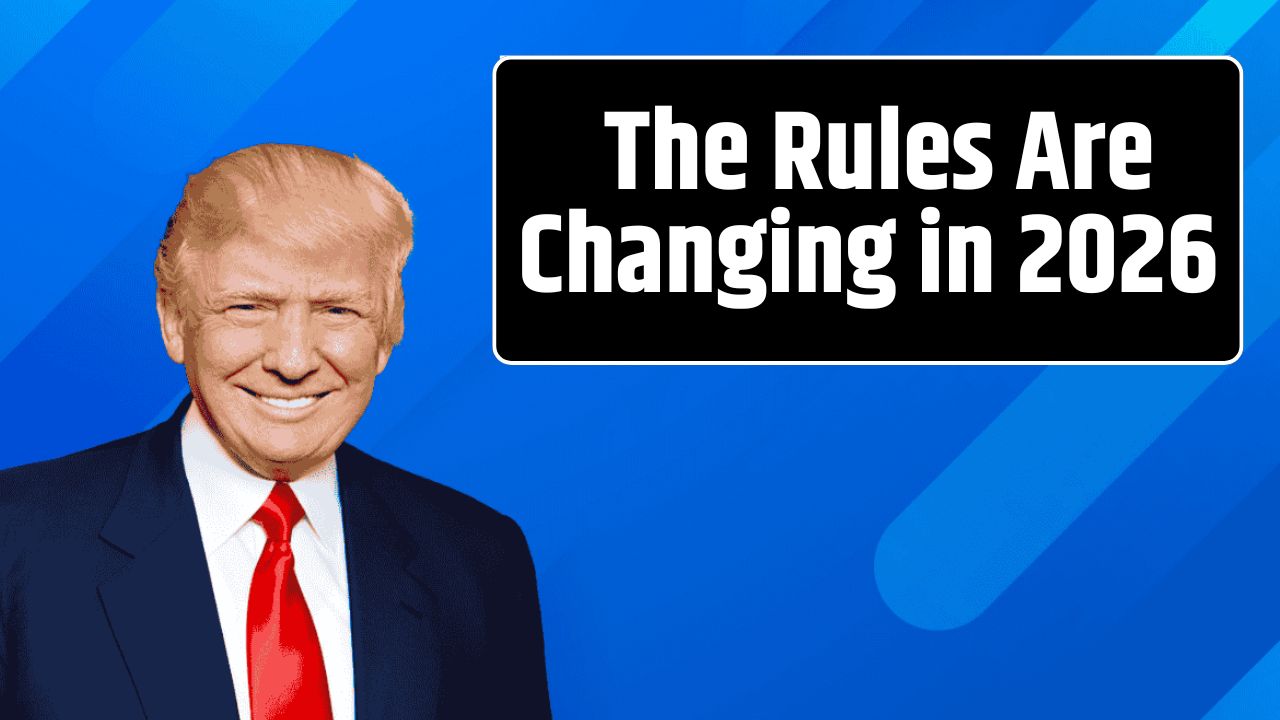For millions of low-income American households, the start of November isn’t about Thanksgiving plans — it’s about the arrival of SNAP deposits. Those electronic benefits are a lifeline for more than 40 million people, helping cover groceries when budgets are stretched thin.
The U.S. Department of Agriculture (USDA) has confirmed that November 2025 payments will arrive as scheduled, with no federal delays. However, a significant rule change taking effect this month could alter who qualifies for SNAP assistance in the months and years ahead.
When November SNAP Payments Will Arrive
SNAP (Supplemental Nutrition Assistance Program) benefits are distributed by states under federal oversight, and each state sets its own payment calendar.
Deposits typically occur between the 1st and 20th of each month, depending on case number, Social Security digits, or county.
| State | Deposit Schedule (Approx.) | Distribution Basis |
|---|---|---|
| California | 1st–10th | Last digit of case number |
| Texas | 1st–15th | Last two digits of EDG number |
| Florida | 1st–28th | 9th and 8th digits of case number |
| New York | 1st–9th | County-based |
| Illinois | 1st–20th | Case number or SSN |
| Georgia | 5th–23rd | Last two digits of ID number |
Tip: Dates can shift slightly during holidays or system maintenance. To verify your deposit, visit your state’s online benefits portal or the USDA directory at
fns.usda.gov/snap/state-directory.
The Quiet Rule Change Taking Effect in November
November 1, 2025, brings a major federal policy shift under the One Big Beautiful Bill Act (OBBBA) — a legislative package passed earlier this year that overhauls SNAP’s work requirements for able-bodied adults without dependents (known as ABAWDs).
Under the new regulation:
- ABAWDs — adults aged 18 to 64 without children — may receive benefits for only three months within a 36-month period unless they meet strict work-related conditions.
- Recipients must document at least 80 hours per month of paid work, job training, or volunteer service.
- Exemptions still exist but are now narrower and must be verified regularly.
| Category | Old Rule | New Rule (Effective Nov 2025) |
|---|---|---|
| Work/Training Requirement | 80 hrs/month | 80 hrs/month (stricter verification) |
| Covered Group | Adults 18–52 | Adults 18–64 |
| Waivers | Region-based flexibility | Sharply limited nationwide |
| Exemptions | Broad discretion | Must be documented & renewed |
According to the USDA’s Food and Nutrition Service (FNS), states are now required to enforce these rules statewide and end the pandemic-era flexibility that allowed many to temporarily bypass the work requirement.
Who Still Qualifies for Exemptions
Not all recipients will be affected. The new restrictions apply mainly to childless, working-age adults who are medically fit for employment.
Exempt groups include:
- Pregnant individuals
- People with disabilities or verified medical limitations
- Primary caregivers for children or incapacitated adults
- Homeless individuals (with good-cause exemptions, now requiring documentation)
- Older adults nearing retirement in states offering transitional policies
Exemptions must be verified and renewed periodically, and failure to provide proof or respond to notices could lead to benefit suspension after 90 days.
A Renewed Political and Policy Battle
The stricter work rules have reignited long-standing political debate in Washington.
Supporters argue the policy encourages self-sufficiency and accountability.
“SNAP should be a bridge, not a lifestyle,” said one Senate sponsor during the OBBBA debate.
Critics counter that the rule risks punishing the poor, especially in areas with limited jobs or transportation.
“Cutting someone off after 90 days doesn’t create jobs — it just deepens food insecurity,” said Kelly Rowe, policy director at the New York Anti-Hunger Coalition.
Even the USDA acknowledges that implementation will be difficult. Many states are still dealing with staffing shortages and administrative backlogs, making accurate verification of work hours and exemptions a major challenge.
What SNAP Recipients Should Do Now
If you’re currently receiving SNAP benefits — or assisting someone who does — it’s critical to stay ahead of the new documentation rules.
| Step | Action |
|---|---|
| 1 | Read every notice from your state SNAP office — they include deadlines and documentation requirements. |
| 2 | Keep pay stubs or signed volunteer logs showing your 80 monthly hours. |
| 3 | Confirm exemption status (if disabled, pregnant, or a caretaker) and submit required proof. |
| 4 | Update your contact information in your SNAP or EBT portal to avoid missed messages. |
| 5 | If benefits are reduced or terminated, file an appeal — most states allow 90 days to request a hearing. |
Need help? Visit your local Legal Aid office or the USDA’s official resource page:
fns.usda.gov/snap
FAQs:
Are November SNAP payments delayed because of the new rules?
No. November 2025 payments will be issued on schedule. The rule changes affect eligibility, not deposit timing.
What does “ABAWD” mean?
It stands for Able-Bodied Adults Without Dependents — generally adults aged 18–64 who have no children and are considered capable of work.
How many hours must I work or train to stay eligible?
At least 80 hours per month of paid work, job training, or volunteer service.









